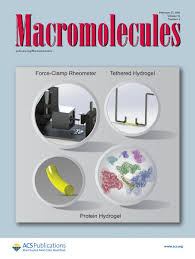Broadband dielectric and Fourier transform infrared spectroscopies were applied to study dynamics and kinetics upon polymerization of bisphenol A diglycidyl ether (DGEBA) and 2-ethylhexylamine under different thermodynamic conditions. We found out that polymerization constant rates as well as activation barriers determined from both methods are almost the same (within the experimental uncertainty). High pressure studies have enabled to calculate the activation volume which was found ΔV = −38 cm3/mol and −46 cm3/mol in the limit of low pressure for two independent isothermal experiments. This finding shows that the activation volume is not constant, but varies with thermodynamic conditions. As a result, polymerization reaction cannot be described with the use of only one given activation volume, as it is usually reported in literature. It should be also noted that ΔV increases with compression and tends to be positive above P = 430 and 370 MPa for the reaction carried out at T = 293 K and T = 313 K, respectively. This is strongly related to the diffusion mechanism that starts to control the polymerization reaction under higher compression. Finally, we have also verified the validity of the time–temperature–pressure superposition (TTP) rule with respect to the structural relaxation process that seems to be crucial point in the context of the proposed protocol of the data analysis.
